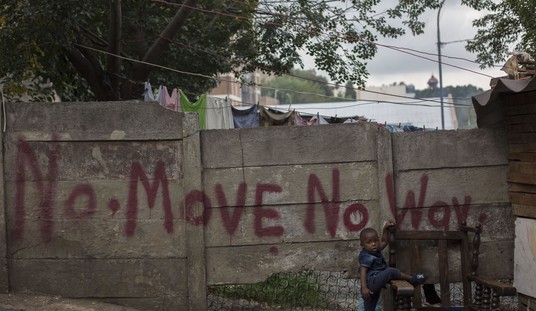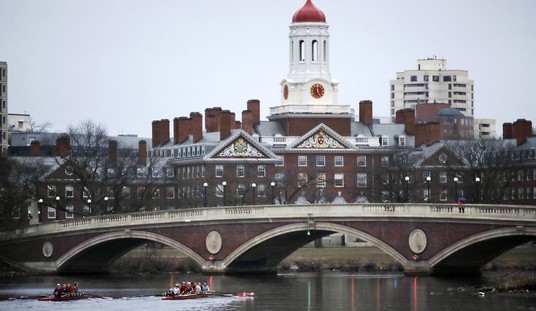Crime has never subsided as a topic for local news or prime-time detective shows. Anyone looking for reasons to fear going out of the house can find plenty. But the truth is our streets are safer than they have been in a long time.
The latest evidence came last week, when the FBI reported that in the first half of 2011, "violent crimes were down 6.4 percent, while property crimes fell 3.7 percent." Murder declined by 5.7 percent, rape by 5.1 percent, and robbery by 7.7 percent.
Six-month drops don't mean much by themselves. But this one continues an established trend. Crime peaked in 1991 and fell steadily before flattening out somewhat in the mid-2000s. But since 2006, both violent crime and property crime have plunged.
Today, your chance of being murdered is lower than it was in the late 1950s, a time of enviable peace and order. Robberies have been cut by more than half since their peak. Car thefts are about as common as they were when the Beatles first appeared on "The Ed Sullivan Show."
It's an understatement to say we didn't see this coming. Back in the 1990s, when crime was at horrendous levels, experts told us things would only get worse.
Princeton University Criminologist John Dilulio warned of "a sharp increase in the number of super crime-prone young males." Northeastern University professor James Alan Fox said the coming crime wave "will make 1995 look like the good old days."
As it happened, lawlessness had already begun to retreat. The homicide rate, which in 1991 reached a level of 9.8 murders for every 100,000 people, sunk to 5.5 in 2000. Aggravated assaults diminished by a quarter between 1991 and 2000. Burglaries declined by 42 percent.
Recommended
You would think such a welcome trend couldn't last, but it has. And the crime statistics may actually understate the improvement. Despite the recent sharp decline in sexual assault, the FBI puts the forcible rape rate at three times higher than in 1960. But rape data -- unlike homicide, which usually leaves a corpse behind -- are notoriously susceptible to the willingness of victims to come forward.
Today, compared to 50 years ago, women are undoubtedly more likely to go to the cops after an attack, and cops are more likely to take them seriously. So the actual rate of rape may be far lower than it was then.
What accounts for the gradual onset of domestic tranquility? Locking up more criminals probably did some good, but that trend has run its course. Last year, more inmates were released than admitted. There's been no recent boom in police hiring.
Abortion is another explanation for the decline of the 1990s -- a view popularized in the book "Freakonomics," by University of Chicago economist Steven Levitt and journalist Stephen Dubner. They surmised that by legalizing abortion nationwide in 1973, the Supreme Court prevented many births to women who were poor, young, unwed, or all three.
Those births, they argued, would have produced a high number of unwanted, abused and neglected children who would be prone to criminality. Eliminating them prevented a lot of felonious mischief that would have occurred a couple of decades later, when the kids reached adulthood.
In fact, as University of California at Berkeley law professor Franklin Zimring notes in his book, "The Great American Crime Decline," births to unwed teens didn't fall after the abortion decision -- they rose. "There were no visible signs of changes in the demography of births to match the theories," he writes.
Nor does abortion seem to account for the decline that has taken place lately. Abortion rates peaked in 1981, fell 12 percent by 1993 and have kept dropping. If higher abortion rates lead to lower crime, as "Freakonomics" suggests, shouldn't lower abortion rates lead to higher crime?
The truth, Carnegie Mellon University criminologist Alfred Blumstein informed me, is that "no one has a definite explanation." Lots of factors may have played a role, and simple lessons are hard to find.
Call it a Christmas miracle. We don't know how we reached the promised land. But we might as well enjoy it.

























Join the conversation as a VIP Member